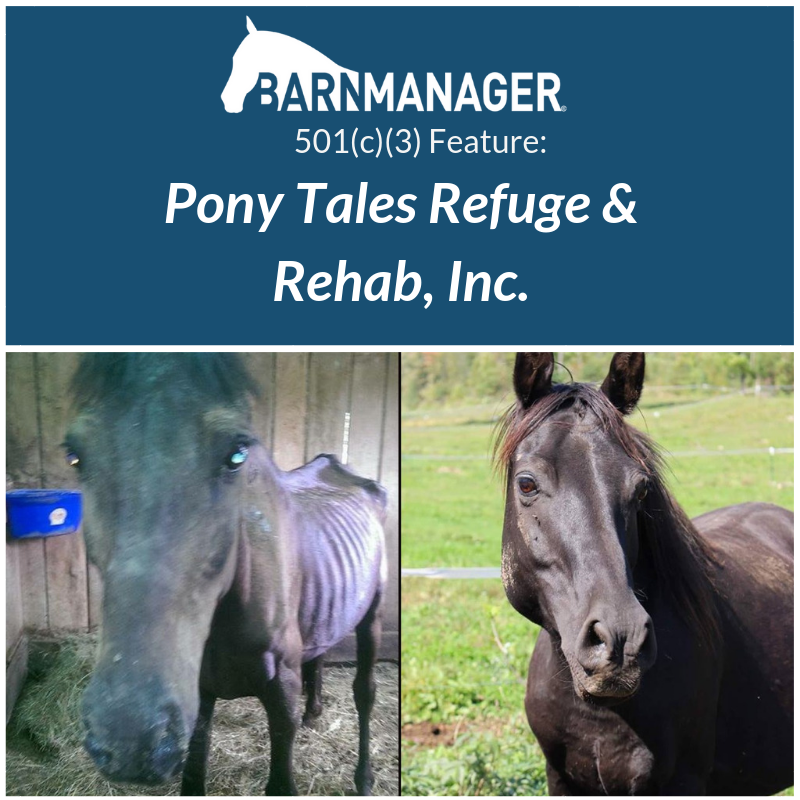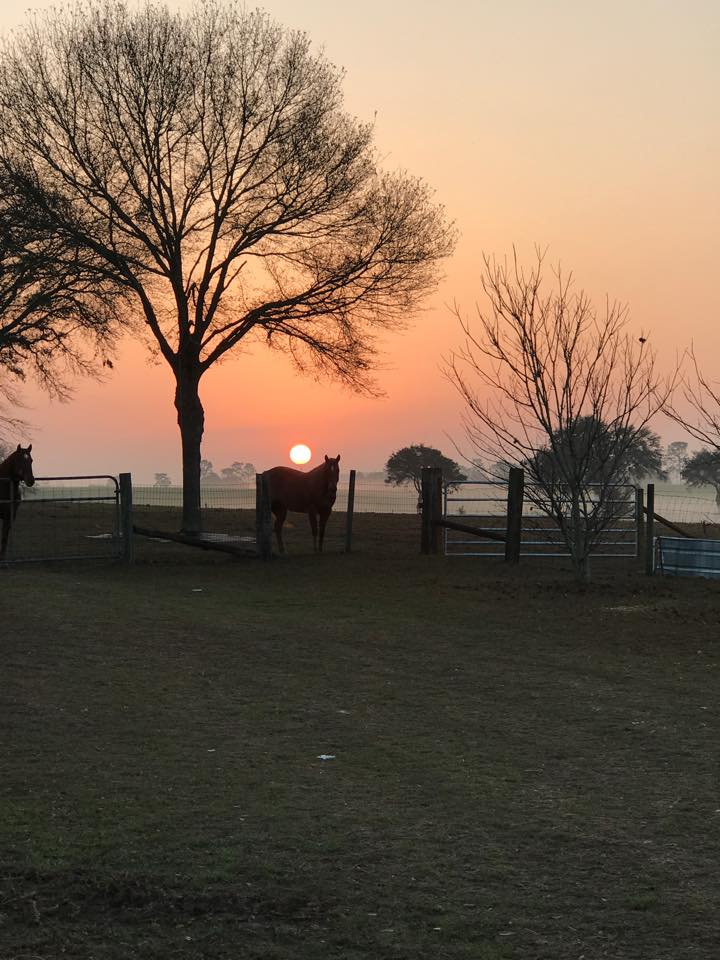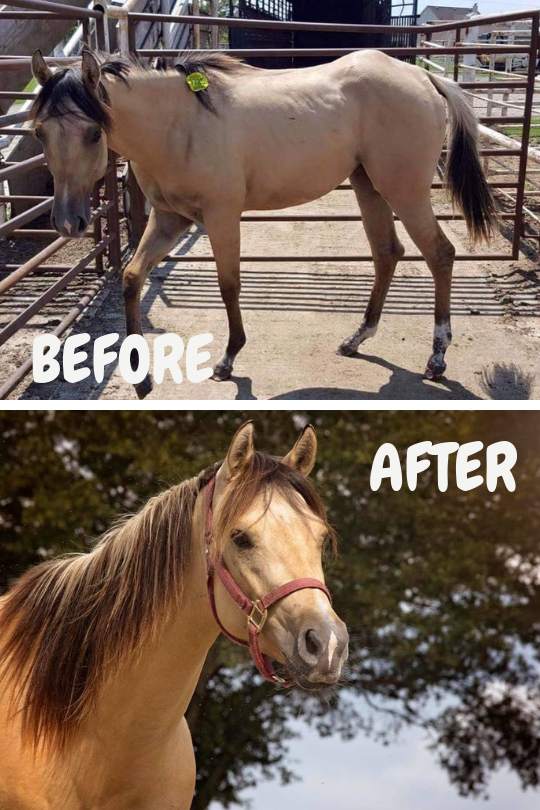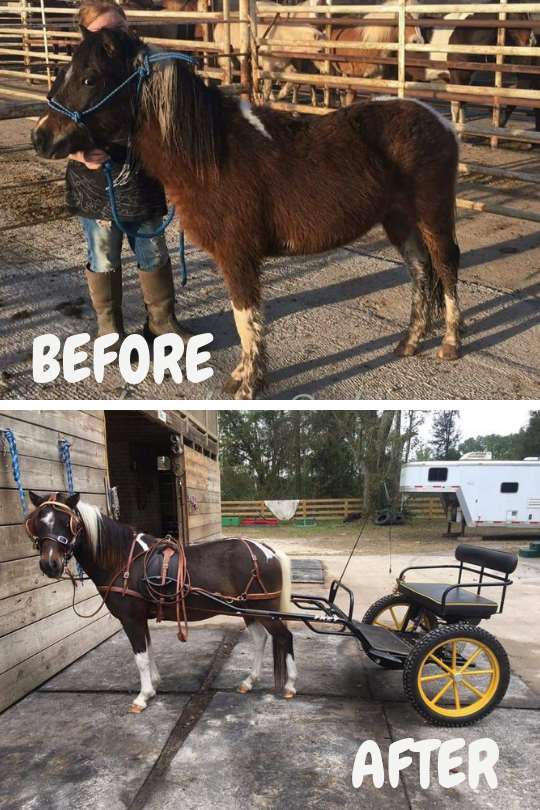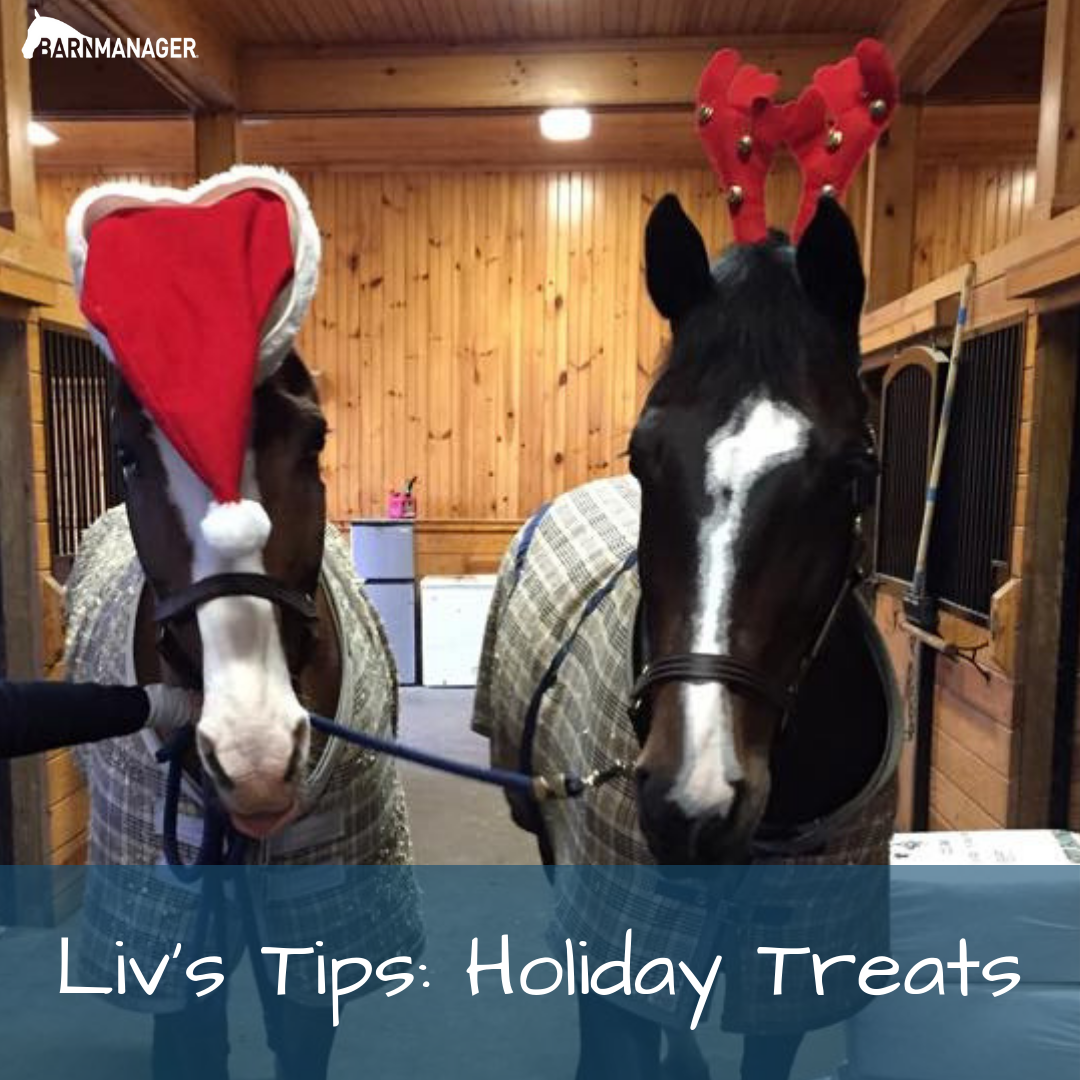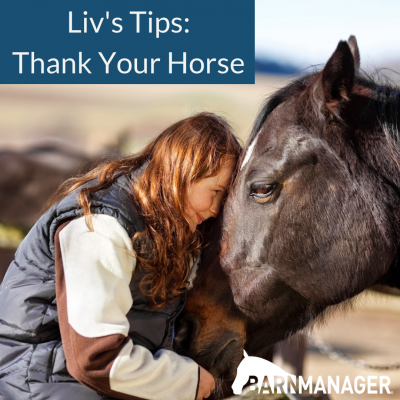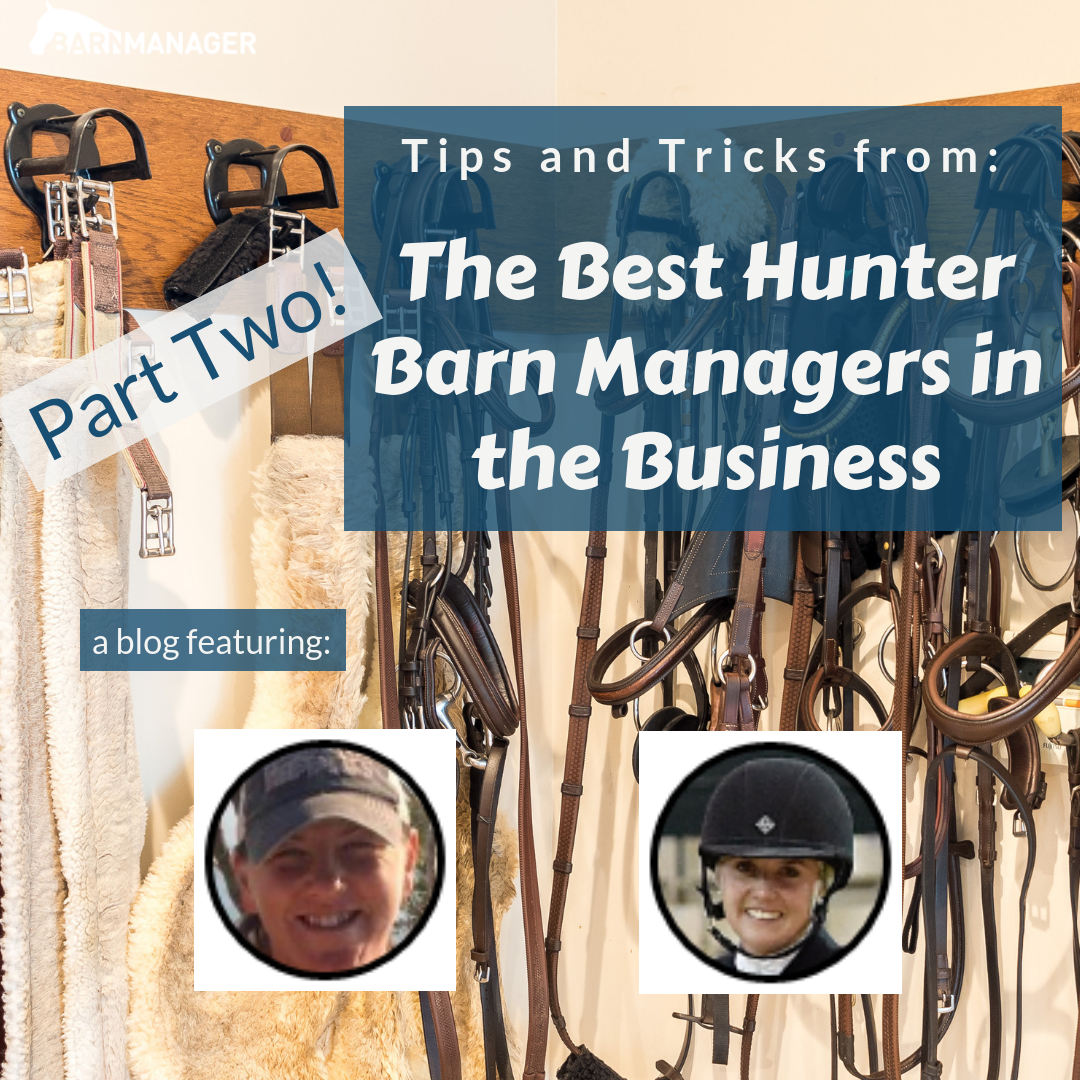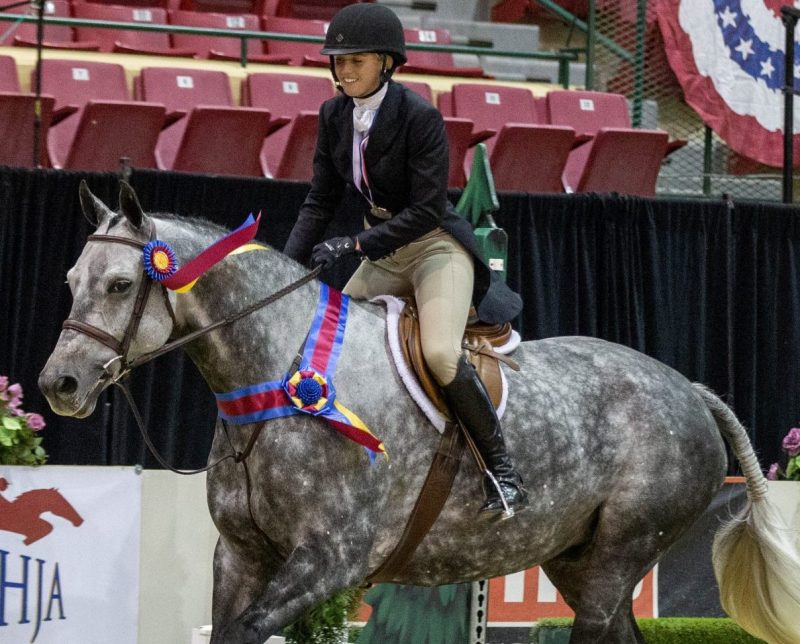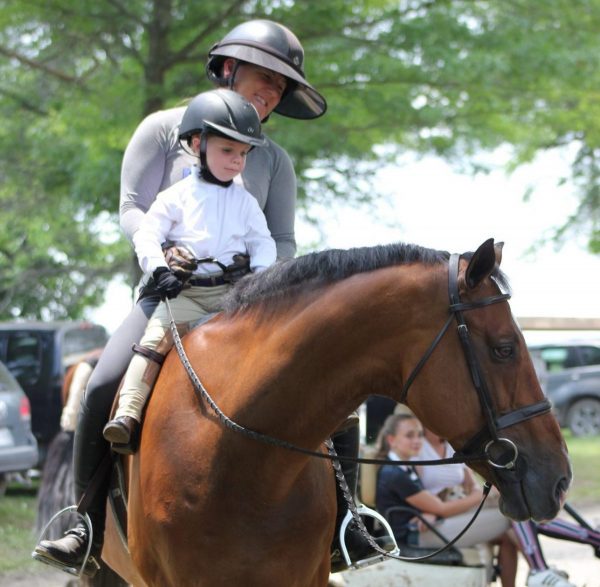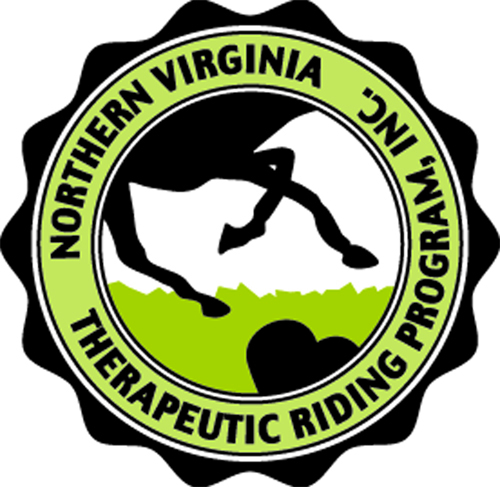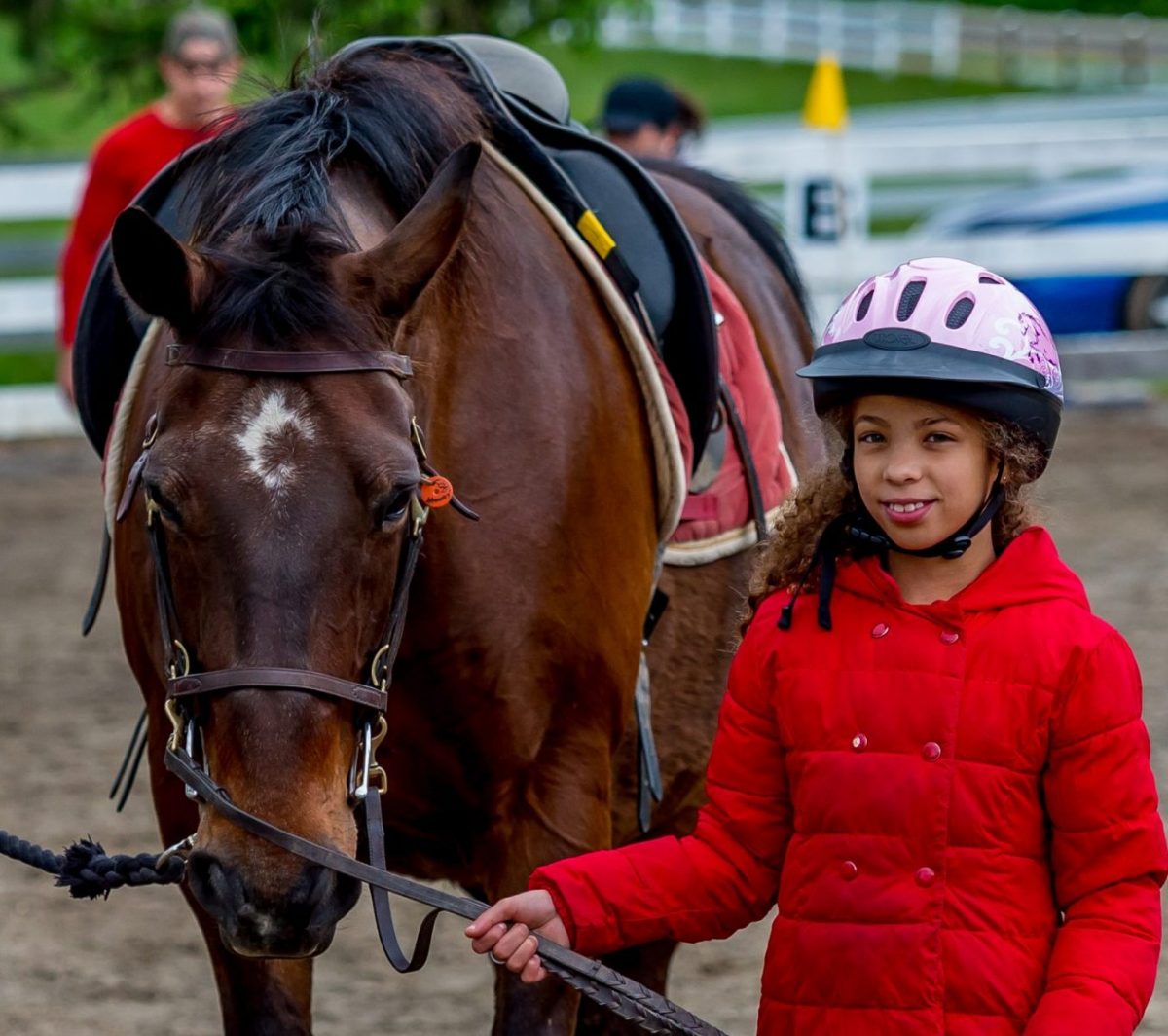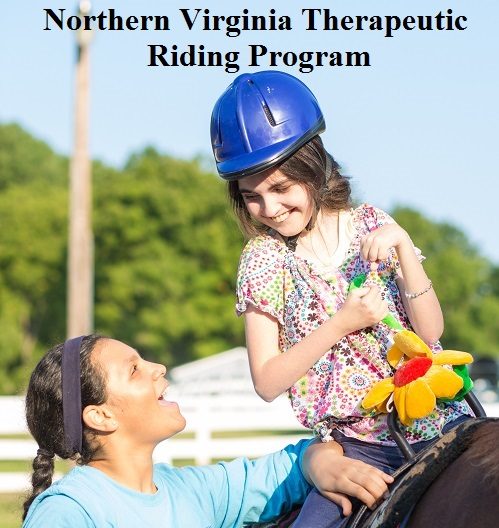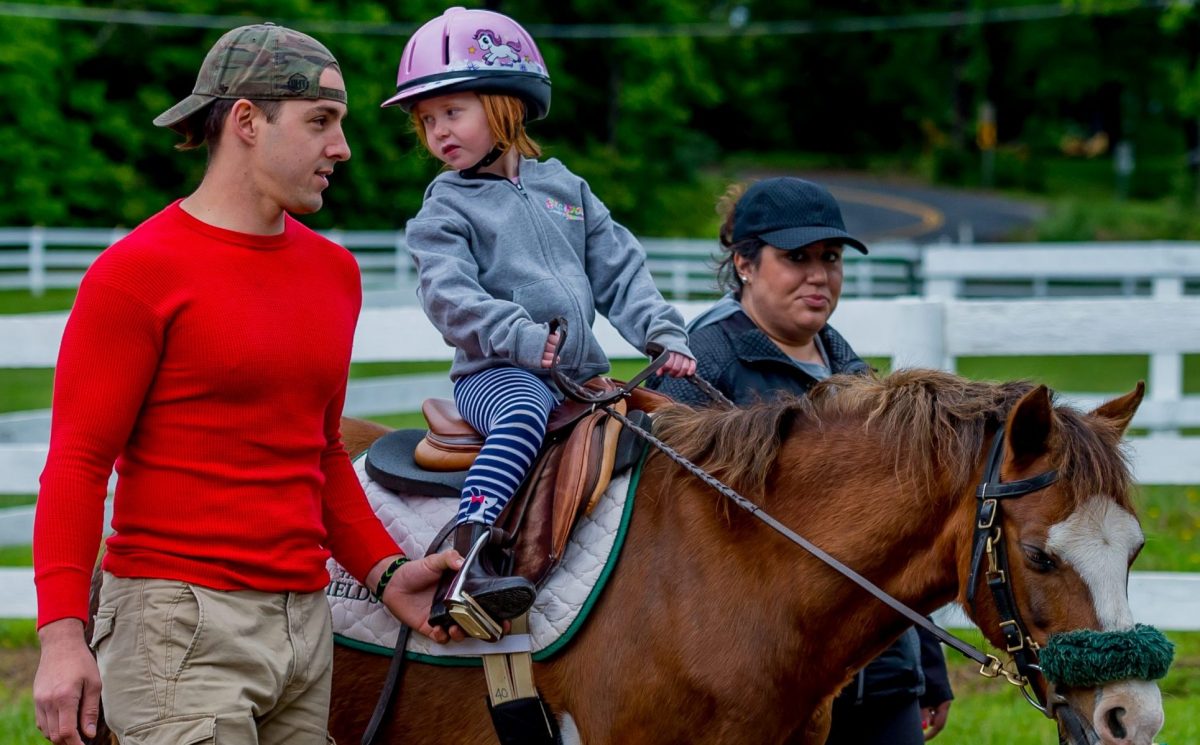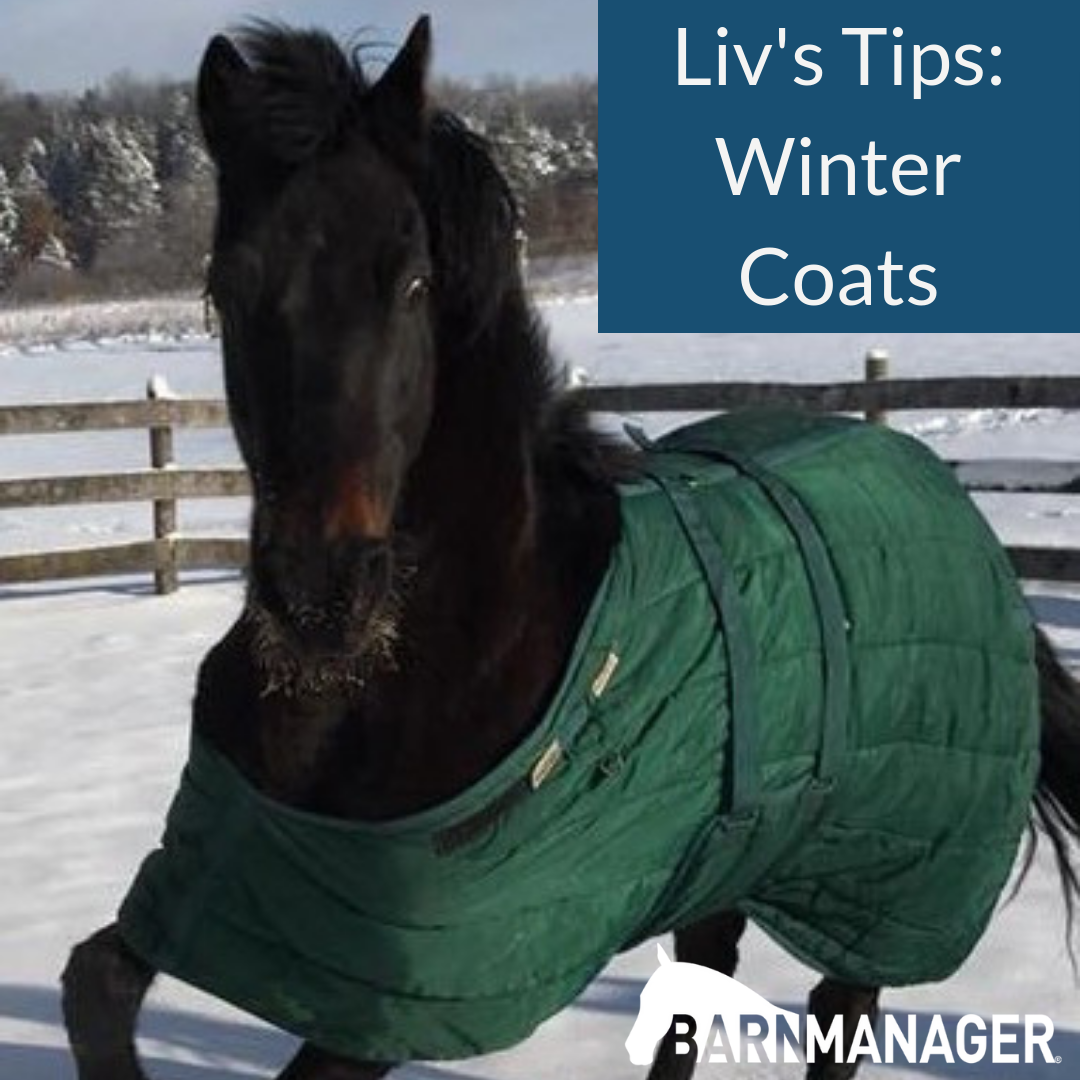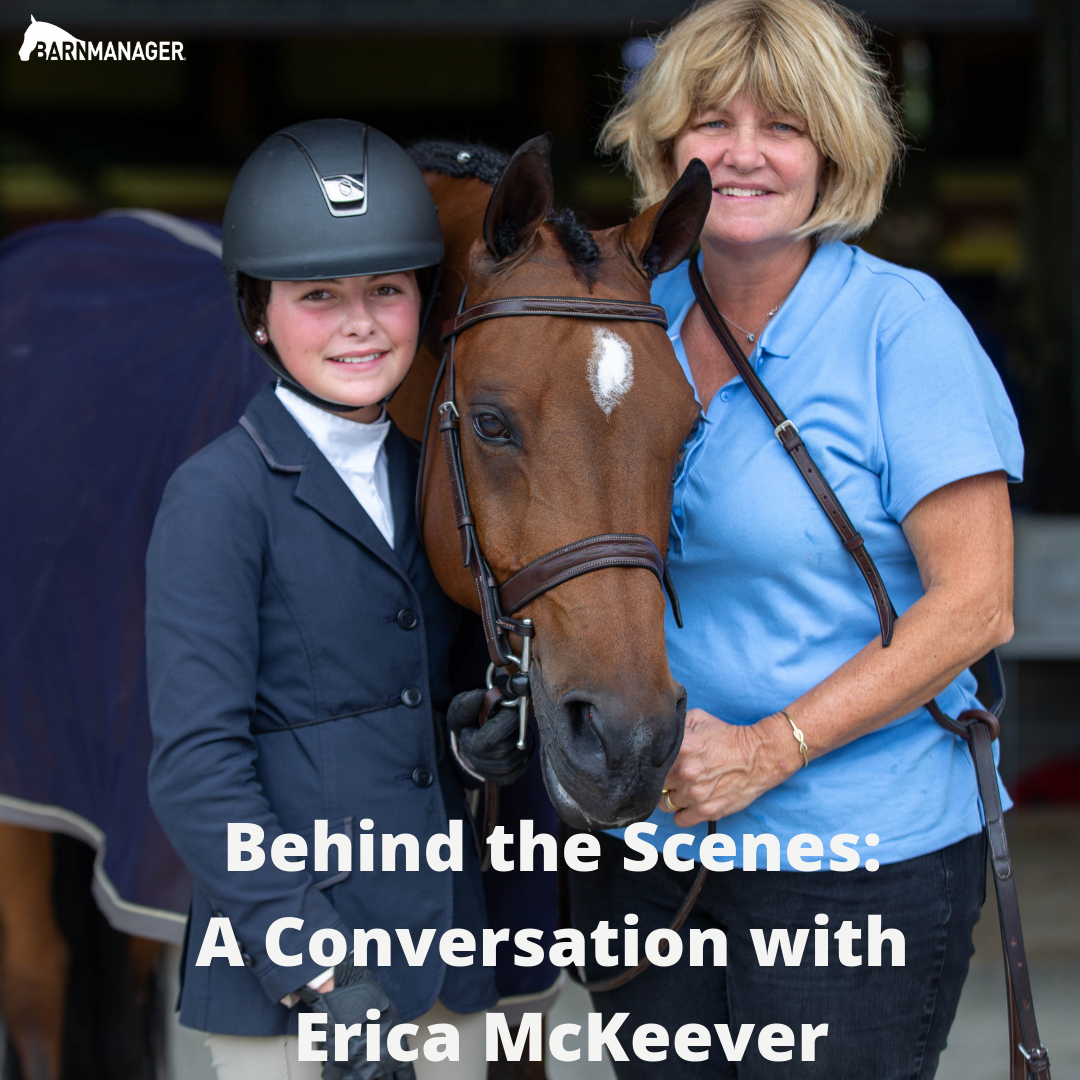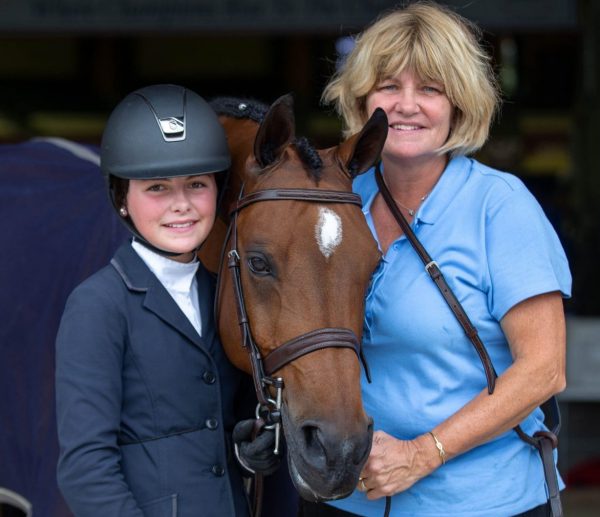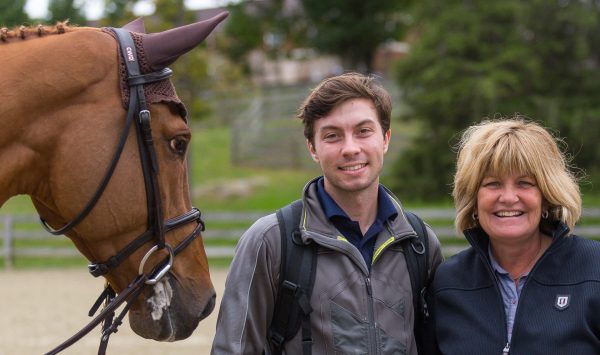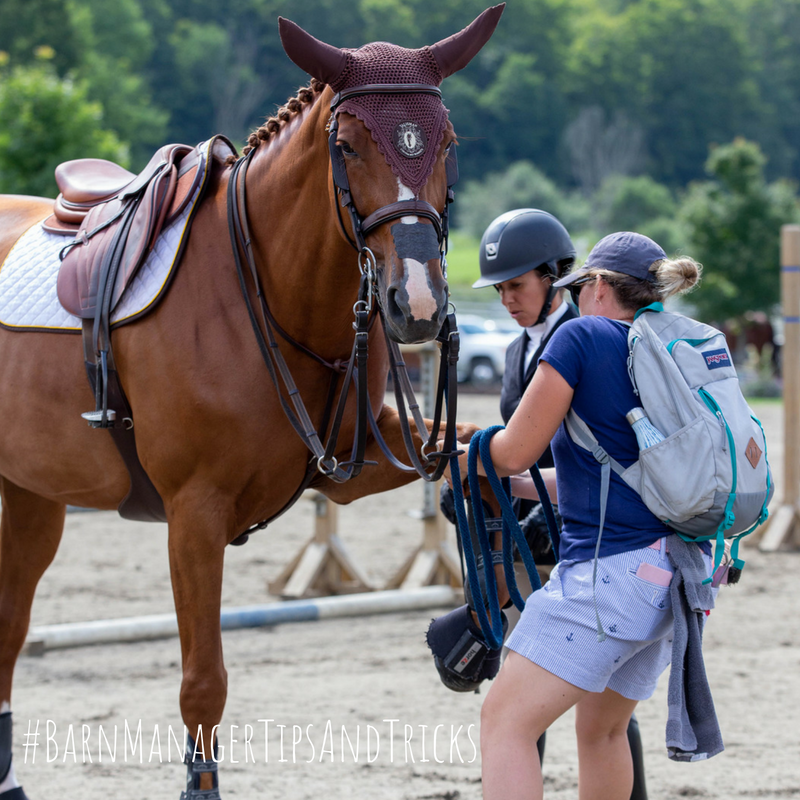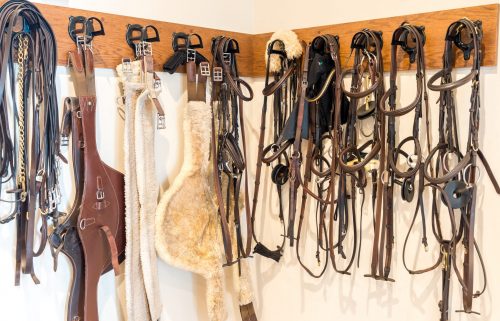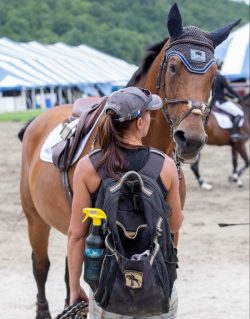Through our ‘Free for 501(c)3’ program, our team at BarnManager has had the opportunity to learn more about incredible equestrian non-profit organizations from across the country. Each month, we’ll be featuring one such organization here on our blog!
Wisconsin native Cindy Prince was attending law school and preparing for her First-Year Law Students Exam (commonly called the “Baby Bar Exam”) with her sights firmly set on a successful career as an attorney, until suddenly fate and a half-blind horse intervened.
In September 2013, Prince got word of a one-eyed Arabian being given away for free from a rescue that was closing its doors for the winter.
“Who, I asked myself, is going to take in a two-year-old, one-eyed Arabian? Well, the obvious answer was me!” said Prince, who was 40 at the time. “The entire series of events that this decision kicked off was not at all what anyone saw coming.”
Prince contacted the rescue on a Friday, and by Saturday, she was approved to adopt, with plans made to pick up the gelding Sunday morning after Prince attended a wedding on Saturday evening. That Saturday night however, while dancing at the wedding reception, Prince dislocated her knee cap.
“It was excruciating, and I ended up in the emergency room, not getting back home until close to 3 in the morning when we were to be on the road by 8 a.m.,” said Prince. “Plus, I was now in a leg immobilizer and on crutches. Regardless, we hopped in a borrowed truck pulling a borrowed trailer, and off we went to pick him up!”
The Arabian, now named Kirby, came home with Prince and in the months that followed Prince recovered from her injury – and from a blood clot that developed in her calf immediately following– she passed the Baby Bar Exam, and the idea of starting a horse rescue began to be lightly tossed around between her and her close friends.

“A couple of friends and I declared Thursdays to be horse night; they would come over, and we would spend time with the horses and each other,” explained Prince. “Everything was going so well. We talked of wanting to start our own rescues, but also about how hard that would be as there is no money to be made in rescue. How could I go from planning a future career as an attorney to running a non-profit that provides no income?”
For Prince, fate already had that one figured out. Two days before the start of 2014, Prince learned that she had stage two breast cancer, and everything came crashing down around her.
“My body did not tolerate the treatment well at all,” said Prince. “It was 10 months of hell, to say the least. I could barely get out of bed most of the time, much less care for the horses. I was often too drugged to even think straight, but when I could, all I could think about was Kirby. This horse I took in to care for and now I was unable too.”
Throughout treatment, Prince spent much of her time thinking, dreaming, crying, and misplacing her anger on those caring for her, until suddenly everything made sense. Something or someone was telling her that she was on the wrong path. Her heart had always been with horses, and suddenly she knew what she was meant to do.
“I began researching other horse rescues and talking with my husband. I no longer had any interest in law school. There was only one thing I wanted to do when my treatment was over – help more horses in need like Kirby,” said Prince.
By August 2014, before Prince was even completely done with treatment, Pony Tales Refuge & Rehab, Inc. was born with the mission of rescuing equines from abandonment, abuse, neglect, and slaughter.
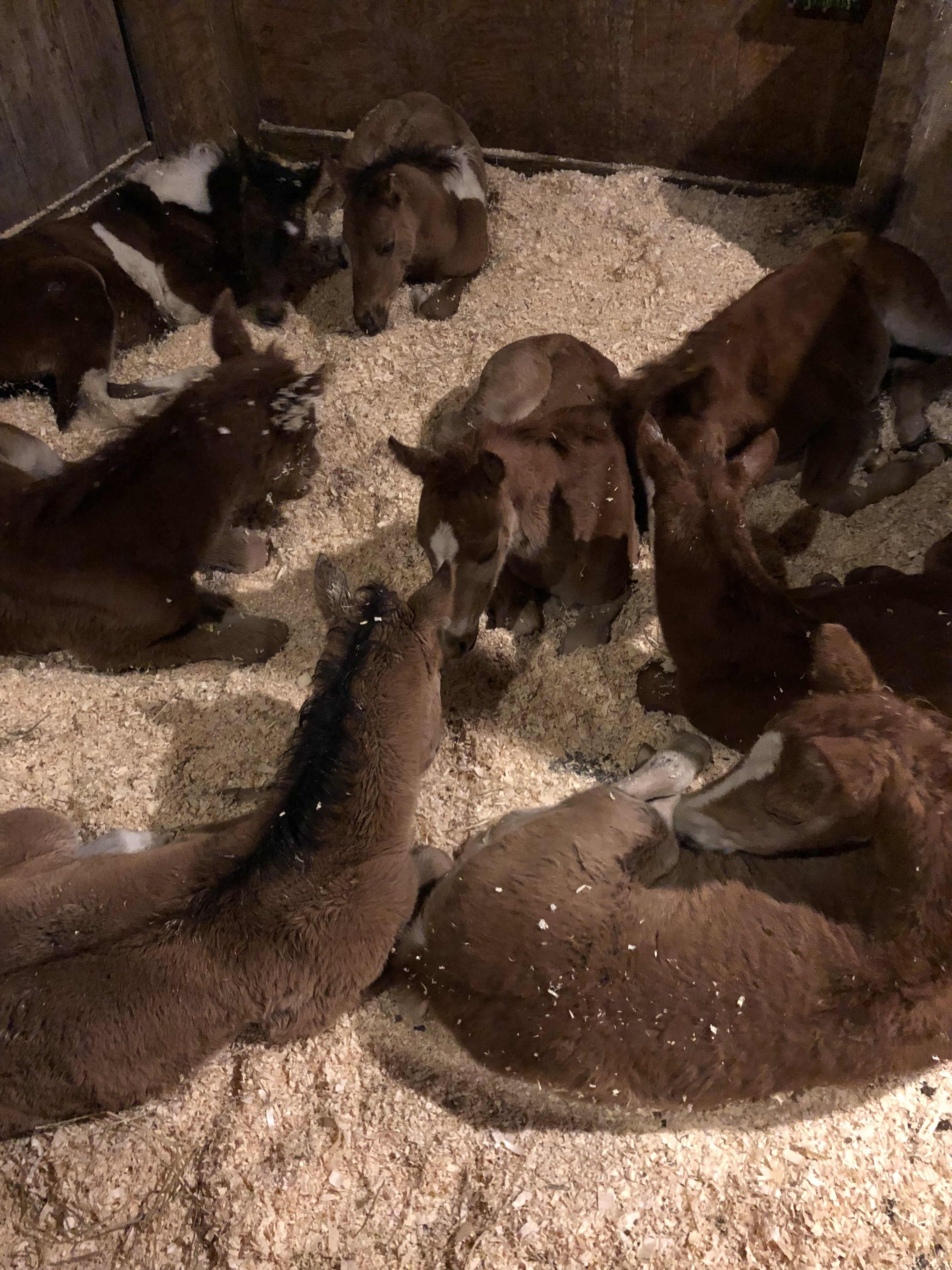
Prince and Pony Tales took in their first two “official” rescue horses in October 2014, and since then, the refuge and rehab has rescued more than 150 equines and, to date, has found homes for 96 of them.
Presently, the Colfax, WI-based rescue is home to 40 equines and specializes in unhandled, feral equines and nurse mare orphan foals, while continuing to take in equines from all walks of life – and while running a special program, known as the Trainer’s Challenge.
Started five years ago, shortly after Pony Tales initial creation, the Trainer’s Challenge welcomes trainers and riders of all ages and training experience to apply to be partnered with one of the rescue horses. If accepted, the trainer is able to pick up their designated rescue horse in February, working with the horse until June when the horse and trainer together show off their hard work and vie for prizes in the Trainer’s Challenge, before the horse is returned to the rescue and ultimately rehomed.
“The past Challenges have made it possible for more than 30 equines to get the training they needed to be able to find homes,” explained Prince. “This year, if each of the 27 available horses get paired with a suitable trainer, we will almost double that number!” 
With so many horses at Pony Tales, some of them leaving the property to be involved in the Trainer’s Challenge, and some finding new homes, organization is vital. That’s where BarnManager comes in.
“We heard about Barn Manager in 2017 when we became verified by the Global Federation of Animal Sanctuaries (GFAS),” said Prince. “They asked us to find an electronic storage system for our data in case of a fire or other disaster that could destroy our paper files. We began researching programs and initially wanted to try BarnManager.
“We thought it was out of our budget at the time and tried other programs over the next year and a half. None of them were quite what we were looking for though. When we learned a few months ago that BarnManager offered free services to 501(c)(3) non-profits, we signed up right away!
“BarnManager not only helps us keep our ‘verified’ status with the GFAS, but it is so user-friendly. I personally struggle with technology at times, and it’s so easy to use that my mom – who is very tech-challenged – is even able to work with it,” continued Prince. “I also very much love being able to scan in our documents, and I greatly enjoy throwing away the ones we don’t need to keep as the documents are stored safely in the program and accessible from any device. We had stacks and stacks of papers, records, and binders everywhere, and we were beginning to run out of room to keep them all! It became quite a task to just track down the location of a certain document.”
Whether its importing information into BarnManager and handling organization, updating the Pony Tales’ website, or caring for the horses themselves, volunteers, including a team of board members and four additional reliable and trustworthy volunteers, do the majority of the work at Pony Tales. Prince says she would be lost without them.
“Every day is a learning experience,” said Prince. “We do not have any full-time volunteers. Our website has been a thorn in my side since day one, but we now have two wonderful volunteers working on getting it in shape and maintaining it. We do our best and our first priority every day, all day, is the horses. The horse always comes first.”
To learn more about Pony Tales and how you can support the 501(c)(3), visit www.ponytaleswi.org.
